
Climate change poses risks to forests such as an increased likelihood of windthrow and landslides, waterlogging or drought, and tree pathogens. However, forest management choices can help reduce these risks and create more resilient forests for the future. The three newly published Scottish case studies below highlight the main climate change risks for each site, how climate change adaptation measures can be selected and implemented, and the lessons learnt so far. The case studies support the UK Forestry Standard Practice Guide on Adapting forest and woodland management to the changing climate.
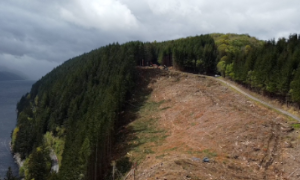 Steep ground harvesting and landslide prevention: the A82 project
Steep ground harvesting and landslide prevention: the A82 projectSections of the A82 that runs between Glasgow and Inverness are bordered by mature conifer stands on steep slopes. These stands have an increased risk of windthrow, which can increase the risk of landslides. In 2011 the A82 project was initiated through Forestry and Land Scotland’s Steep Group Management Programme. It aims to reduce the risk of windthrow and stabilise the slopes next to the road to minimise the risk of landslides. Existing mature conifer stands are being replaced by slow growing broadleaved species that can better stabilise the slope, require less management and increase resilience to climate change risks. The broadleaved woodland created will also form a well-connected habitat corridor to benefit biodiversity.
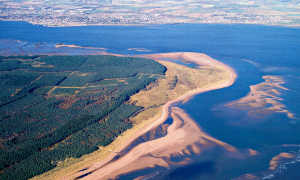
Tentsmuir is a low-lying coastal forest north of St Andrews. The forest was planted in the 1920s and consists primarily of Scots pine, Corsican pine, Sitka spruce and birch. Tentsmuir National Nature Reserve borders the forest. The coastline has ongoing erosion and sea level rise is expected here. In addition, the coastal location and local climate conditions mean the site is at an increased risk of drought, flooding, wind damage and salt burn. Climate change adaptation measures are being implemented to improve the resilience of the forest and protect the sand dunes in the nature reserve. For example, species choice can play an important role in forming a protective belt of species more resilient to salt burn and better manage the risk of windthrow in exposed areas.
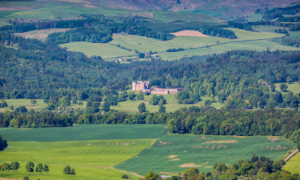 Woodland management planning at Queensberry Estate, Buccleuch
Woodland management planning at Queensberry Estate, BuccleuchQueensberry Estate in southwest Scotland is managed for a range of objectives including historical conservation, landscape aesthetics, biodiversity, and sustainability. The forest is diverse composed of over 40 species including around 50% Sitka spruce, 25% other conifers and 25% broadleaved species in the stocked area. Existing species are expected to remain ecologically suitable for the site under future climate projections. However, the risk from tree pathogens, plus wind damage and water logging is expected to increase. For example, the tree pathogen Phytophthora ramorum has led to around 500 ha of larch being removed across the estate. Broadening the range of tree species at Queensberry even further and increasing structural diversity by transitioning to continuous cover forestry (CCF) will improve the resilience of the forest to climate change.
For further examples of adaptive practice across the UK, visit our case studies page.
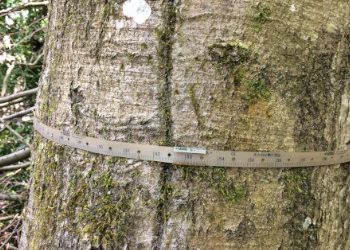
Forest Lab enables UK woodland managers to become volunteer ‘stewardship scientists’ by joining science projects, collaborating with researchers and sharing data to support woodland resilience.
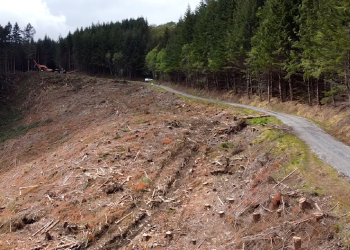
Explore our new case studies that demonstrate how forest adaptation measures can be applied to reduce the climate change risks faced at three different Scottish sites.
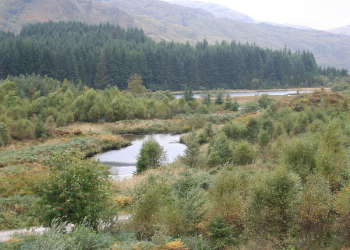
Forest Research are working closely with Forestry and Land Scotland to develop a forest restoration demonstration in Queen Elizabeth Forest Park as part of the Europe-wide, Horizon 2020 SUPERB project.

Forest Lab enables UK woodland managers to become volunteer ‘stewardship scientists’ by joining science projects, collaborating with researchers and sharing data to support woodland resilience.

Explore our new case studies that demonstrate how forest adaptation measures can be applied to reduce the climate change risks faced at three different Scottish sites.

Forest Research are working closely with Forestry and Land Scotland to develop a forest restoration demonstration in Queen Elizabeth Forest Park as part of the Europe-wide, Horizon 2020 SUPERB project.